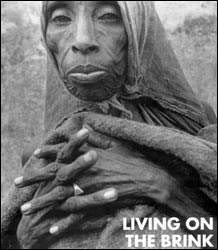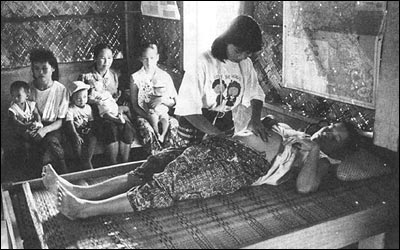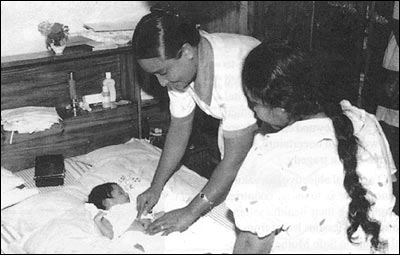An Overview & Forums On Obstetrical FistulaeDonated by Women's Health & Education Center Obstetrical fistulae is the most devastating healthcare problem for women globally. In modern obstetrics its existence is negligible, yet each year over half a million women die of complications of pregnancy, childbirth or unsafe abortion. The vast majority of these deaths are in developing countries. For every woman who dies in childbirth, 30 to 50 women suffer injury, infection or disease. About 1 million women in the world suffer from obstetrical fistulae. Pregnancy related complications are among the leading causes of death and disability for women age 15-49 in developing countries. This is not a problem of developing countries only; it is about human beings in distress and pain. THE BEST TREATMENT & MANAGEMENT OF OBSTETRICAL FISTULAE IS PREVENTION. Incontinence is a complex phenomenon. The social consequences of ostracism take an enormous toll on affected women; divorce is common, and depression and suicide may follow. The knowledge, attitudes and practices of rural women in developing countries are as important as the availability of modern obstetric care in the fight against obstetrical fistulae. Most common observations are: Sustained community education, together with improved levels of formal education and literacy, especially among women, can be expected to have a marked influence eventually on the way people regard modern obstetric facilities and practices. Socio-cultural factors are important parts in attempting to raise the health status of women. Skilled attendants - the way forward Women receiving care from a skilled attendant at a local maternal and child health clinic in Vientiane, Lao People's Democratic Republic. Planning and Program Implementation: Strategies that increase awareness of the problems of obstetrical fistulae and its prevention should be encouraged. Focusing on prevention, obstetrical fistulae programs and projects can be developed by: Women of reproductive age need accurate information about the risks of obstetrical fistulae and its prevention. Maternal mortality is slowly decreasing, but the incidence of obstetrical fistulae is almost the same. Measures should be taken to improve access to safe pregnancy and childbirth. To achieve these goals, a key factor will be the commitment of the communities, including political leaders, health care providers, local grass-roots organizations, and the media. Making Pregnancy Safer - a strategy for action Midwife providing postpartum care at a home in Sri Lanka (Safe Motherhood in Sri Lanka). We welcome the thoughts and suggestions on the eradication of obstetrical fistulae. We hope our forums are helpful in suggesting solution to this devastation situation. Please join us in this humanitarian project and effort. Rita Luthra, MD, FACOG |
 The importance of skilled care during pregnancy and childbirth is vital and essential. Skilled attendants mean successful outcomes. A focus on maternal health, newborn health and psychosocial support should be the center of policy and action. A multidirectional approach is needed. In women's healthcare strengthening the health care system alone is mostly not effective because people do not live in health care systems. We all live in the communities, and improving the status of women in the communities is as important as the health care.
The importance of skilled care during pregnancy and childbirth is vital and essential. Skilled attendants mean successful outcomes. A focus on maternal health, newborn health and psychosocial support should be the center of policy and action. A multidirectional approach is needed. In women's healthcare strengthening the health care system alone is mostly not effective because people do not live in health care systems. We all live in the communities, and improving the status of women in the communities is as important as the health care. 
